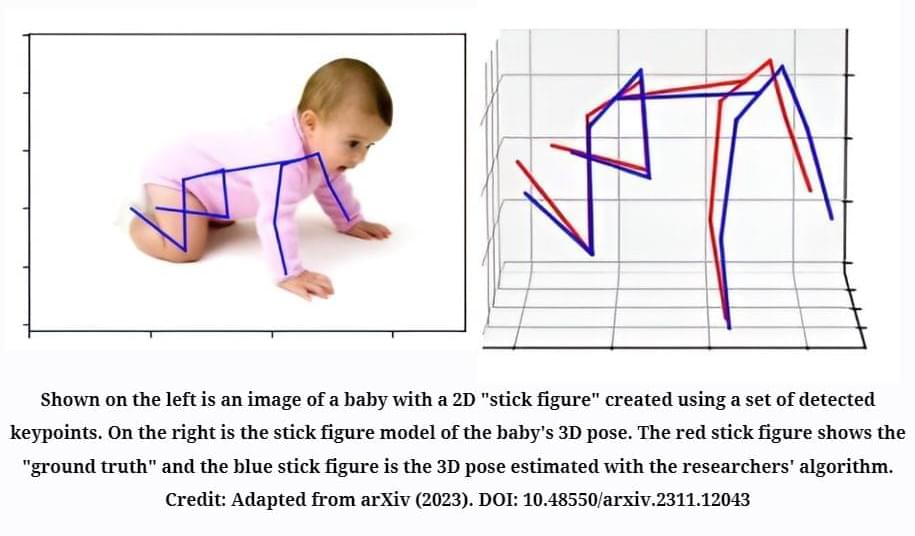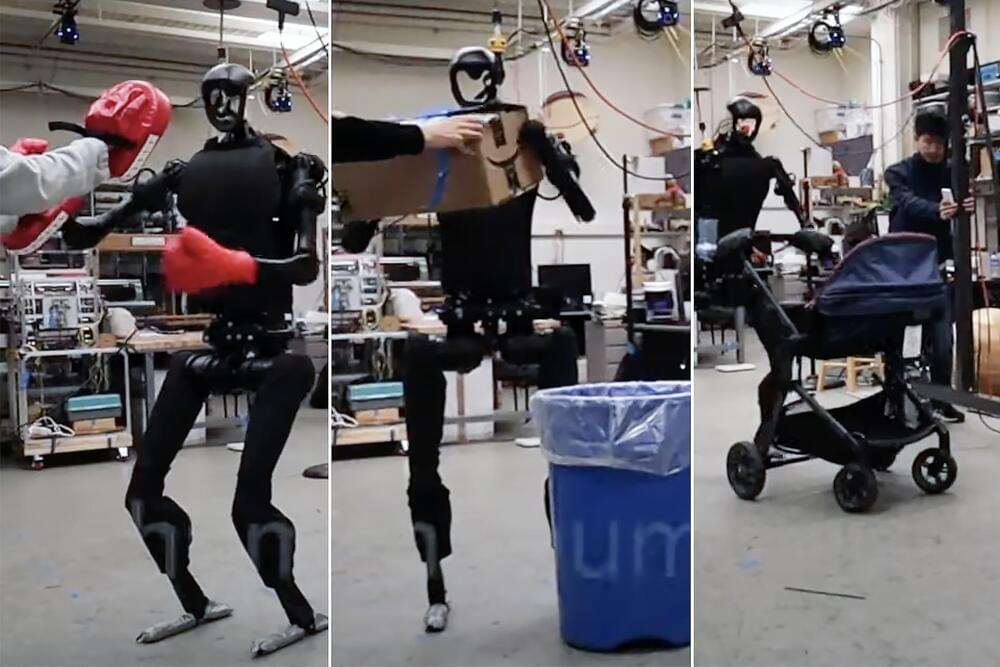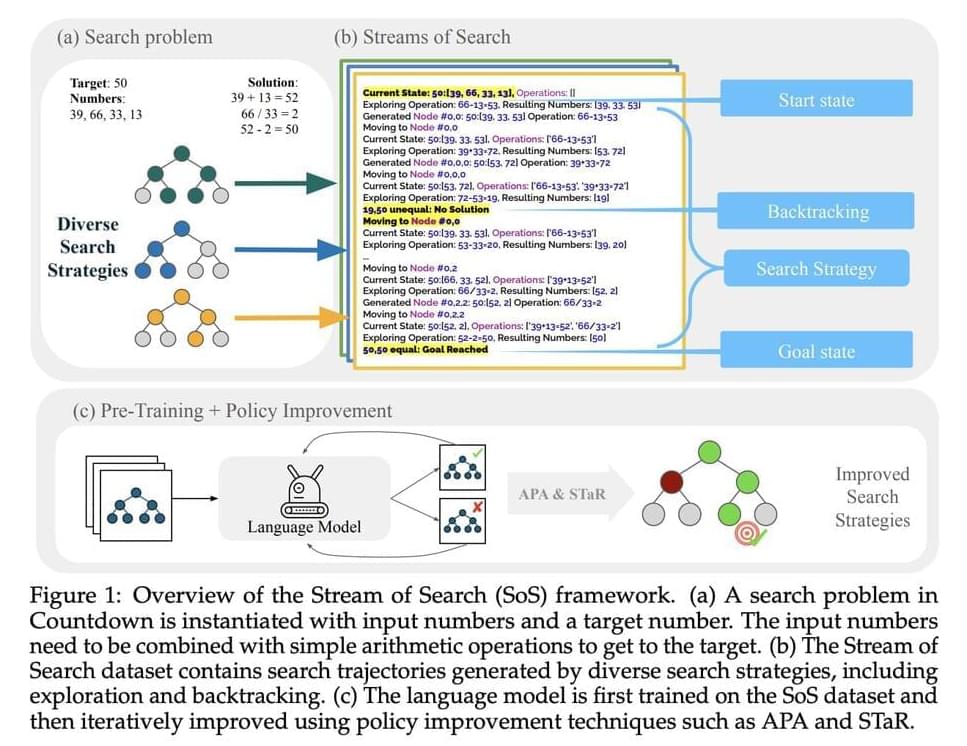Apr 15, 2024
Q&A: How to Train AI when you Don’t Have Enough Data
Posted by Natalie Chan in categories: information science, robotics/AI, transportation
Artificial intelligence excels at sorting through information and detecting patterns or trends. But these machine learning algorithms need to be trained with large amounts of data first.
As researchers explore potential applications for AI, they have found scenarios where AI could be really useful—such as analyzing X-ray image data to look for evidence of rare conditions or detecting a rare fish species caught on a commercial fishing boat—but there’s not enough data to accurately train the algorithms.
Jenq-Neng Hwang, University of Washington professor of electrical and computer and engineering, specializes in these issues. For example, Hwang and his team developed a method that teaches AI to monitor how many distinct poses a baby can achieve throughout the day. There are limited training datasets of babies, which meant the researchers had to create a unique pipeline to make their algorithm accurate and useful.


















